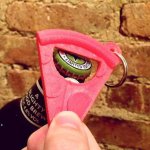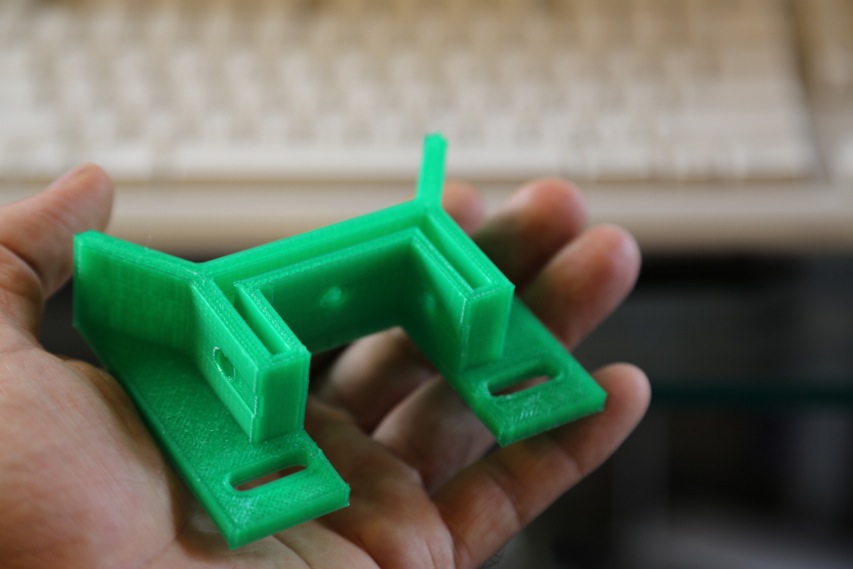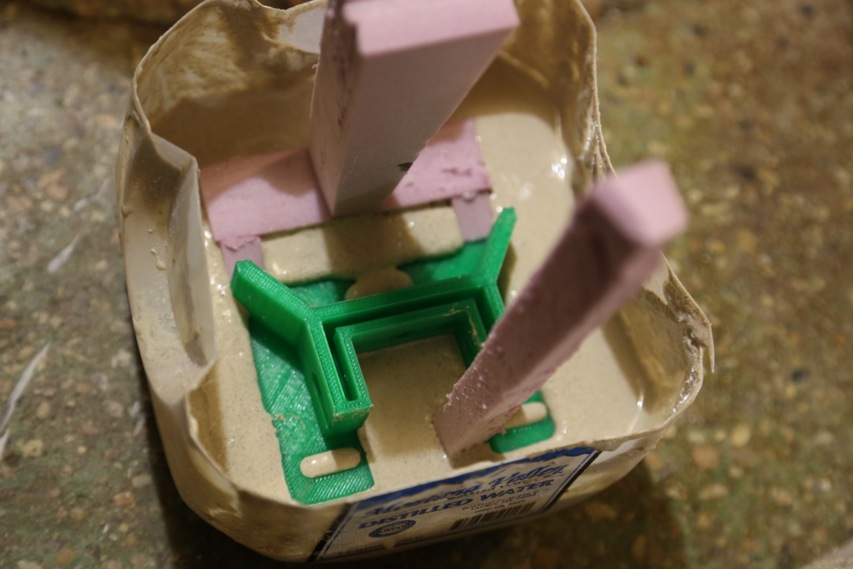Indeed nechaus, in fact the pricing model I'm considering is open source in itself.
I'm treating my investment in my machine as a fully sunk cost, and power and material plus a small margin to recover the design is what I have in mind. Design chunked down to 15mm max width so I can technically send as an airmail letter.
As far as making a car body goes, you'd print the joins and nose cone etc, then fill in the gaps with flat sheet or flexible membrane IMHO. The key to cheap 3d things that are useful is integrating cheap commodity parts in order to make a fully working device, rather than 3d print everything.
What am I on about? Well consider this beer bottle opener - a commodity coin becomes the working function surface, and the 3d completes the design. Why try to print the bit with the coin at all?
http://www.grain3d.com/products/pizza-bottle-opener
Things that are globally standardised and cheap to acquire are the preferred things to integrate - skate bearings, Acme thread, or Nema 17 stepper motors in the case of build your own 3d printer for example.
Also, it probably explains why so many people are integrating common IKEA parts on Thingiverse into their designs of bits and pieces - lots of things there which are bulky but standard and can be found the world over.








